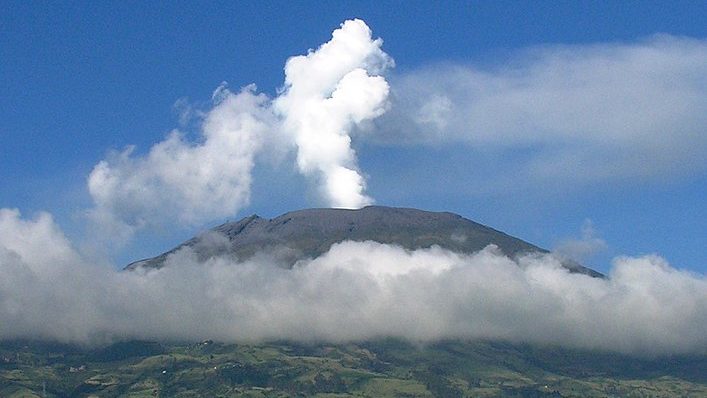
Colombia, known for its rich biodiversity, is also navigating the complex terrain of urban development. In an era where cities are hubs of both progress and challenges, understanding their environmental dynamics is crucial. According to the Humboldt Institute, despite progress, Colombian cities face hurdles such as heat islands, rapid urbanization, and low tree coverage.
Urban challenges in Latin America and the Caribbean
Being one of the world’s most urbanized regions, Latin America and the Caribbean grapple with urbanization’s impacts. Approximately eight out of ten inhabitants live in urban areas, exerting immense pressure on natural resources and ecosystem health, as reported by the Inter-American Development Bank. This strain exposes cities to various risks, including landslides, droughts, high temperatures, floods, storms, and wildfires. Striking a balance between urban growth and environmental impact becomes imperative.
Unveiling nature-based solutions
To address these challenges, a 2022 initiative delved into the biodiversity status of Colombian cities and their connection to climate action. Cities like Yopal, Monteria, Villavicencio, Pereira, Pasto, and Bucaramanga were scrutinized to comprehend the state of their urban ecosystems. Part of the “NaBa: Nature-Based Resilient Cities” project’s first year, this research, conducted by ICLEI Colombia and the Humboldt Institute and funded by the UK-PACT fund from the UK government, aimed to identify areas for strategic urban planning and management.
Diana Marcela Ruiz, a researcher at the Humboldt Institute’s Nature-Based Solutions Center, explained, “Mappings were conducted to identify nature’s contributions to people and assess the territory’s resilience. Recommendations were then provided for decision-makers to advance the implementation and promotion of Nature-Based Solutions in the face of the climate crisis.”

Insights from selected cities in Colombia
Bucaramanga: While protected areas contribute significantly to carbon storage, cooling capacity, habitat quality, and threat regulation, challenges persist in parts of the urban area. Informal settlements and inappropriate agricultural practices pose threats to ecosystems.
Montería: The Sinu River and riparian forest play pivotal roles, showcasing temperature differentials and serving as vital components in ecological balance. However, reduced tree coverage in urban areas contributes to diminished nature contributions.
Villavicencio: The main ecological structure comprises mountain ecosystems, river gallery forests, and national forest reserves. While the city generally exhibits good water supply levels, variations in water capture exist between average and dry years.
Pasto: Ecosystems like the Andean forest, páramo, Laguna de la Cocha, and surrounding forest areas contribute significantly. However, agricultural activities and unregulated tourism threaten the ecological potential of the region.
Yopal: The Cravo Sur River stands out as a vital ecosystem, providing essential goods and services to the city’s residents. Urban areas face challenges due to a lack of tree coverage, resulting in low contributions to cooling capacity, carbon storage, water retention, and habitat quality.
See all the latest news from Colombia and the world at ColombiaOne.com. Contact our newsroom to report an update or send your story, photos and videos. Follow Colombia One on Google News, Facebook, Instagram, TikTok and subscribe here to our newsletter.


